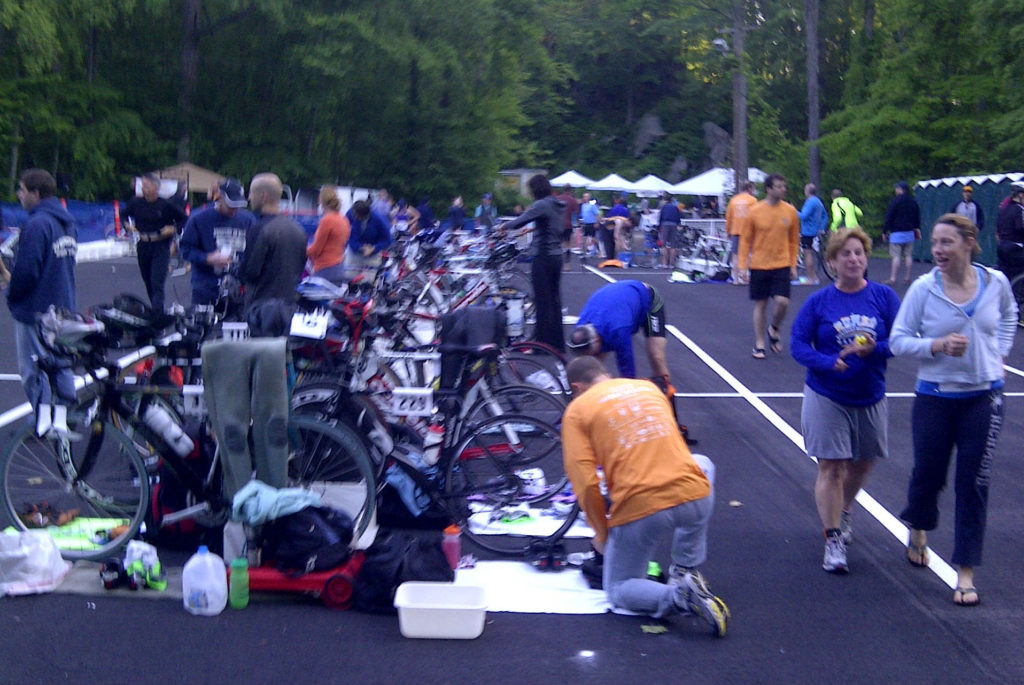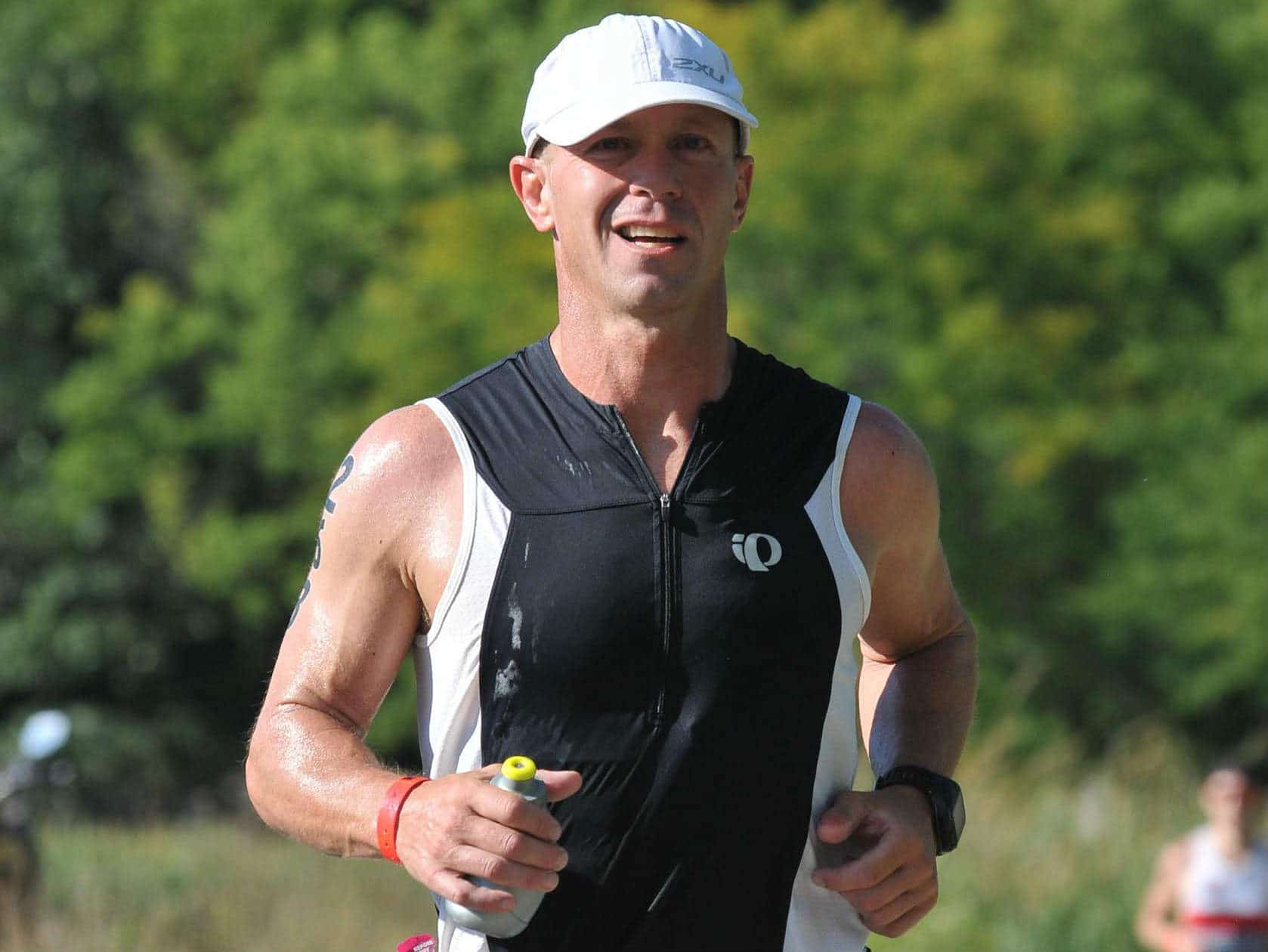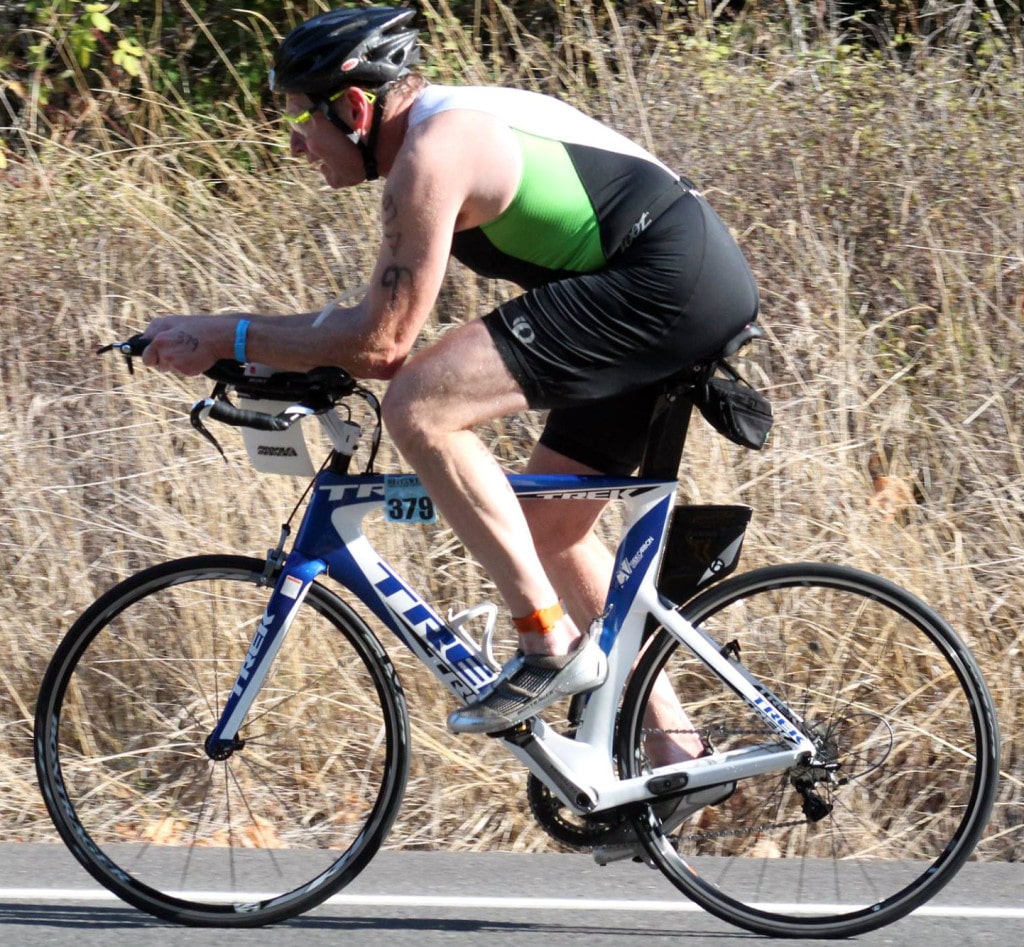How Will Social Distancing Change Triathlon?
Strict social distancing in triathlon is impractical. This is the major reason for two of the three triathlons I had planned for June, those in Arkansas and Oklahoma, being rescheduled for the fall. Meanwhile, organizers of the Kansas triathlon canceled the event for 2020.
What will a triathlon be like in 2020? I asked race directors this question. This is what I learned.
In-Person Racing Will Resume in Phase 3
“Guidelines for Opening Up America Again” published by the White House and CDC (Centers for Disease Control) defines a three-phase plan for re-opening the USA. Under this plan, state governors determine the schedule for re-opening their state based on trends in virus cases.
In the three phases, physical distancing requirements gradually reduce from strict (Phase 1) to moderate (Phase 2) to limited (Phase 3).
USA Triathlon has interpreted the Federal government guidelines for the triathlon community in its May 7, 2020 publication titled “Return to Racing Recommendations for Race Directors“.
Having read the USA Triathlon publication, I better appreciate why race directors have canceled or rescheduled the 2020 triathlons.
Even Moderate Physical Distancing Is Not Practical For Triathlon
If you have competed in a triathlon of over 50 people, you probably agree that guaranteeing social distancing (6 feet or roughly 2 meters between individuals) in triathlon would require major changes.
According to Bruce Dunn, owner of All Sports Productions, he and a group of a dozen race directors have been meeting weekly by video to discuss how they could resume putting on races while in Phase 2 as defined by the Federal government.
The group has simulated races considering how to ensure moderate social distancing. Some requirements for a 300-person race that came from the simulations were comical:
- Time-trial swim start with 5 minutes between individual starts; this would lead to 25 hours to start all 300 swimmers.
- Transition area that covered 2 acres (0.8 hectares).
Imagine forgetting where you racked your bike in this race. As an alternative, one group member recommended using each racer’s car for the transition space, making the parking lot the transition area.
From these brainstorming sessions, the group concluded that the only practical solution was to wait until Phase 3 to restart triathlons. It avoids extreme measures and/or unacceptably high entry fees.

What Changes In Triathlon Should You Plan For?
Phase 3 is supposed to mean a ‘return to normalcy’. However, there will still be many differences from triathlons of previous years.
First, triathlon organizers must pay attention to physical distancing and sanitation. USA Triathlon’s “Return to Racing Recommendations for Race Directors” identifies “continuing to adhere to physical distancing and sanitation protocols” as a requirement for races conducted in Phase 3.
According to Jim Rainey, race director for Georgia Multisports, “we plan to make many changes to help ensure your (the triathlete’s) safety.”
Jim explained that this will mean more disinfecting stations throughout areas of high traffic. Race staff will wear masks or shields. In addition, athletes will have their temperatures measured and be asked to wear masks when not racing.
Other changes before, during, and after the race we should expect are:
- Self body marking.
- More spacious transition areas to allow for greater separation of individual transition areas, a change probably welcomed by most racers.
- Time-trial (one person at a time at a fixed interval) starts rather than mass or wave starts for the swim.
- Fewer “pinch points” on the bike course where cyclists must ride close to each other.
- More loop, rather than out-and-back, run courses.
- Self-service aid stations on the run course.
- Fewer goodies such as free samples in the swag bag.
- Changes to the awards ceremony.
- Fewer spectators.
Doing a triathlon in this new era will definitely be different!
Will You Race in 2020?
Comment below to let us know about your plans to race in one or more triathlons during 2020? Which race(s)? What are your concerns? Are there changes you welcome?






